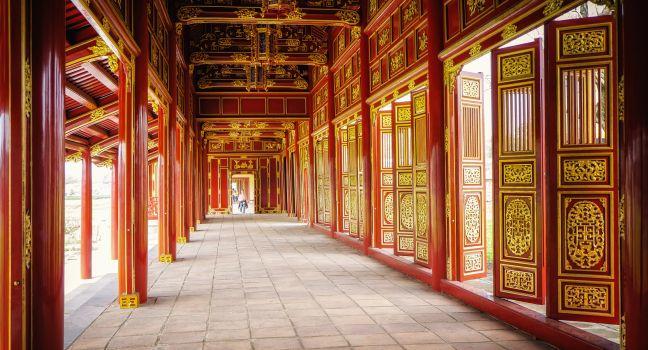An Bang Beach
The locals' favorite beach, An Bang is one of the few remaining public beaches on the long Hoi An–Danang coastline. Locals flock here for sunrise swimming and sunset family picnics, leaving this lovely stretch of beach almost deserted during the day. The beach offers stunning views of the neighboring Marble Mountains, Danang Bay, and Cham Island. A row of palm-thatched restaurants borders the clean, sandy beach, offering free use of beach loungers and umbrellas if you buy food or drinks. Competition is fierce and staff can be pushy. Development has been slow but steady, with only a few homestays and holiday cottages, but plans for large resorts at both ends of the beach are set to change this over the next few years. Amenities: food and drink; showers. Best for: swimming; sunsets; families; surfing; walking.




